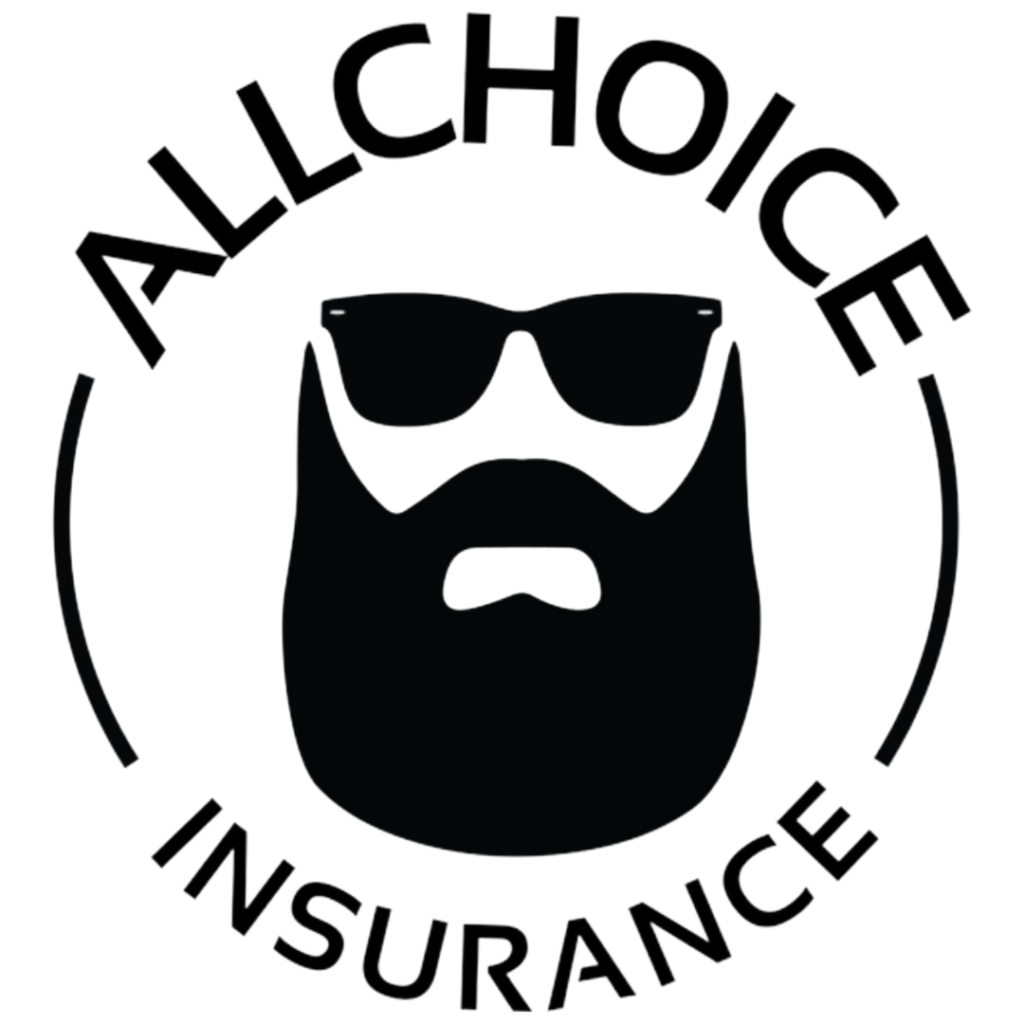How to Get Motorcycle Insurance

Navigating the world of motorcycle insurance can seem daunting, especially if you’re a new rider. But don’t worry, we’re here to help. We’ll outline the steps to procuring motorcycle insurance.
Assessing Your Coverage Needs
Establishing your coverage needs is an essential initial step. Several factors influence these needs, including the value of your motorcycle and its engine size. More expensive motorcycles typically lead to higher insurance premiums due to increased costs to replace or repair them. Motorcycles with larger engines generally incur higher insurance premiums, influencing the type of coverage that may be beneficial.
In other words, the more valuable and powerful your bike, the more coverage you might need. It’s a matter of balancing the expenses and potential risks. Do you want to pay lower premiums and risk higher out-of-pocket expenses if an accident occurs? Or would you rather pay higher premiums for peace of mind that your finances won’t take a massive hit if something goes wrong?
Shopping for the Right Insurance Company
After evaluating your coverage needs, the next step is to search for a suitable insurance company. And no, the right company isn’t necessarily the one with the lowest premiums. You’ll want to find a balance of coverage options, customer service, and affordability.
Researching for insurance discounts is a key step when shopping for the right motorcycle insurance company. For example, if you have car insurance with GEICO, you may qualify for a Multi-Policy Discount on your motorcycle insurance, potentially reducing your costs. Remember, the cheapest policy isn’t always the best. The goal is to find the best value – optimal coverage that fits your needs at a price within your budget.
Obtaining Your Motorcycle Insurance Quote
At this point, you’re prepared to secure your motorcycle insurance quote. To do this, you’ll need to provide the insurance provider with specific information. This includes details about your bike such as make, model, and year, your riding habits, and your personal information. This information is significant as it greatly influences the potential rates.
After getting different insurance quotes, compare them not just by price, but also by the extent of coverage and additional benefits offered. This comparison helps you choose the ideal policy that meets your needs and requirements. Remember, the cheapest quote may not always provide the best protection.







